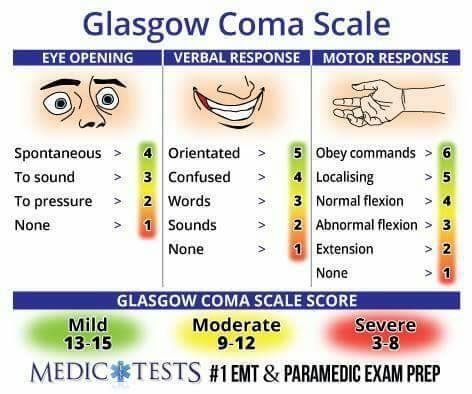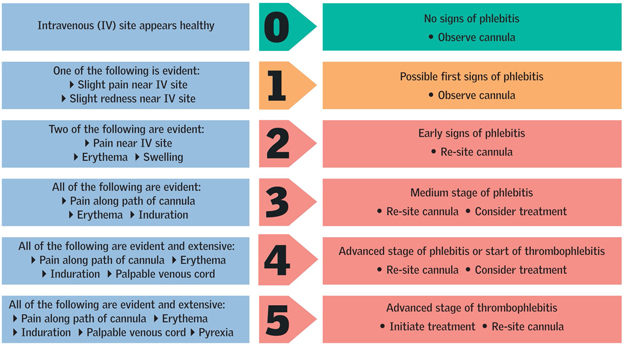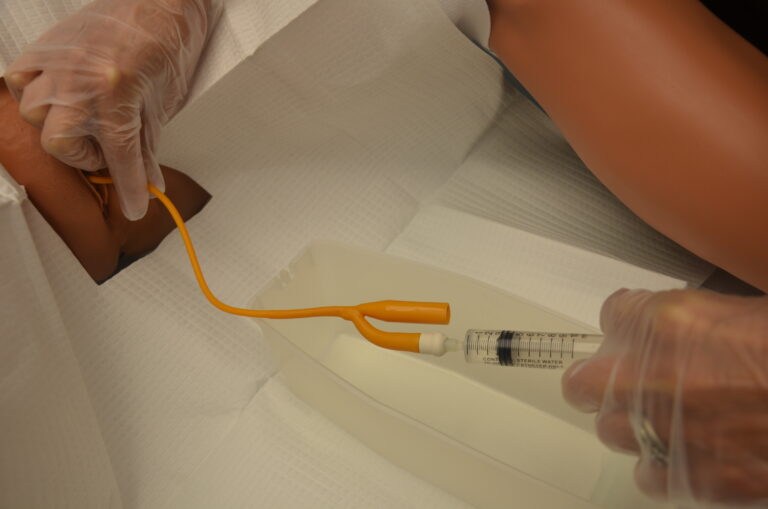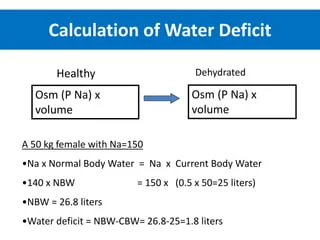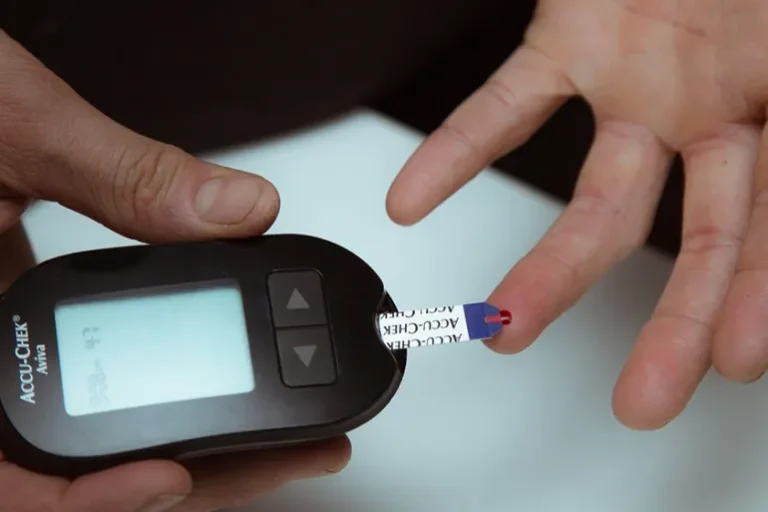How to Complete the Glasgow Coma Scale (GCS) Correctly for the NMC OSCE
How to Complete the Glasgow Coma Scale (GCS) Correctly for the NMC OSCE
The Nursing and Midwifery Council (NMC) Objective Structured Clinical Examination (OSCE) is a crucial assessment for overseas nurses aiming to practice in the UK. One of the essential skills tested is the Glasgow Coma Scale (GCS), which is used to assess a patient’s level of consciousness. Here’s a step-by-step guide to help you master this skill.
What is the Glasgow Coma Scale (GCS)?
The GCS is a clinical tool used to evaluate a patient’s level of consciousness based on three components: Eye Opening (E), Verbal Response (V), and Motor Response (M). Each component is scored separately, and the total score helps determine the severity of a patient’s condition.
Step-by-Step Guide to Completing the GCS
Step 1: Eye Opening (E)
Assess the patient’s ability to open their eyes.
- Spontaneous (4 points): The patient opens their eyes without any stimulation.
- To Speech (3 points): The patient opens their eyes in response to verbal stimuli.
- To Pain (2 points): The patient opens their eyes only in response to painful stimuli.
- None (1 point): The patient does not open their eyes at all.
Step 2: Verbal Response (V)
Evaluate the patient’s verbal responses.
- Oriented (5 points): The patient fully orients and converses coherently.
- Confused (4 points): The patient responds to questions but is disoriented.
- Inappropriate Words (3 points): The patient responds with inappropriate or random words.
- Incomprehensible Sounds (2 points): The patient makes sounds but no recognizable words.
- None (1 point): The patient does not make any verbal response.
Step 3: Motor Response (M)
Assess the patient’s motor responses to commands or stimuli.
- Obeys Commands (6 points): The patient follows simple commands.
- Localizes Pain (5 points): The patient moves purposefully towards a painful stimulus.
- Withdraws from Pain (4 points): The patient pulls away from a painful stimulus.
- Flexion to Pain (3 points): The patient shows abnormal flexion in response to pain.
- Extension to Pain (2 points): The patient shows abnormal extension in response to pain.
- None (1 point): The patient does not show any motor response.
Calculating the Total GCS Score
Add the scores from each component to get the total GCS score. The total score ranges from 3 (deep coma) to 15 (fully awake).
Tips for Success
- Be Systematic: Always assess and score each component (Eye, Verbal, Motor) one by one.
- Communicate Clearly: Explain each step to the patient to keep them informed and reassured.
- Practice Regularly: Regular practice will help you become more confident and proficient in completing the GCS.
Common Pitfalls to Avoid
- Inconsistent Scoring: Ensure you understand the scoring criteria and apply them consistently.
- Ignoring Subtle Responses: Also Pay close attention to subtle responses, especially in patients with altered consciousness.
- Rushing the Assessment: Take your time to accurately assess each component without rushing.
